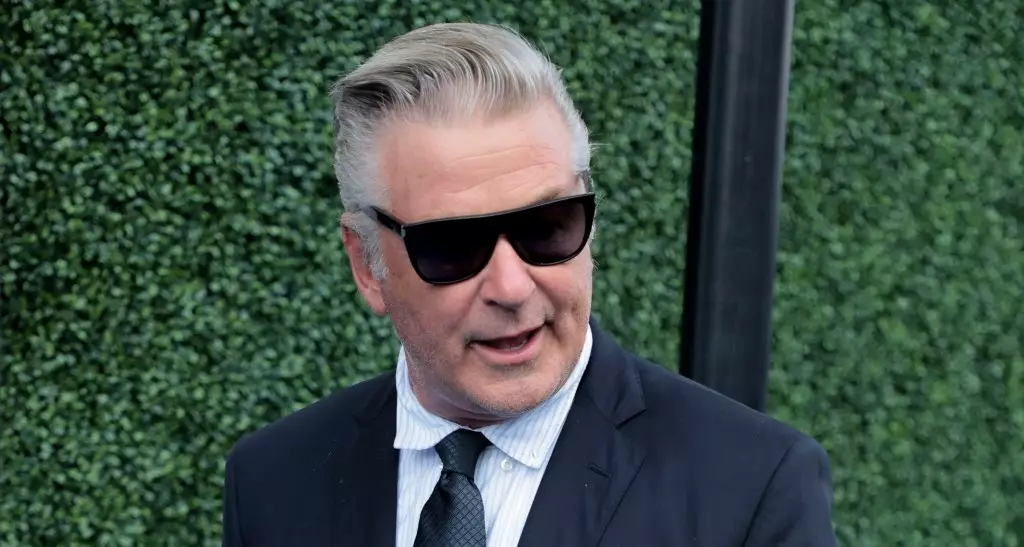Alec Baldwin’s journey through the legal system following the tragic shooting of cinematographer Halyna Hutchins on the set of the film *Rust* has been marred by intense scrutiny and controversy. The case generated significant media attention, especially following Baldwin’s involuntary manslaughter charge that was ultimately dismissed in July 2023. While one might think the dismissal would mark the end of this complicated saga, Baldwin’s legal team is actively seeking to ensure that any potential reconsideration of the case is firmly rejected.
Baldwin’s legal representatives, including attorneys Alex Spiro and Luke Nikas, filed to halt the reconsideration motion put forth by Special Prosecutor Kari Morrissey. They contended that there was no legitimate reason to revisit the court’s decision to dismiss the charges. The condescending tone embedded in their filings underscores a sense of exasperation with Morrissey’s persistence, despite the previous failures to meet judicial expectations. This dismissal indicates not only a victory for Baldwin but also highlights the court’s frustration with Morrissey’s approach throughout the proceedings.
Judge Mary Marlowe Sonner’s rejection of Morrissey’s extended filings—which she deemed far too lengthy—further emphasizes the judicial system’s weariness with the prosecutor’s tactics. Baldwin’s team pointedly remarked on Morrissey’s alleged misconduct during the trial, asserting that her actions constituted ‘willful and deliberate misconduct.’ The bitterness of the legal battle is exemplified by these remarks, indicating a larger narrative about the lengths to which the prosecution has gone to sustain the case against Baldwin.
The judge’s responses to Morrissey’s motions exhibit a critical perspective on the prosecution’s handling of the case. Notably, Sonner described the attempt to revive the case as a misguided effort filled with spurious claims and procedural oversights. Her remarks aimed at holding the prosecution accountable for what she described as “egregious” conduct speak volumes about her stance on the validity of the charges. The rejection of Morrissey’s requests culminated in a ruling made “with prejudice,” meaning the matter is unlikely to be reopened, granting Baldwin a semblance of closure.
This judicial attitude illuminates larger concerns about procedural integrity within the legal proceedings. The repeated judicial dismissals suggest that fundamental errors were made in the prosecution’s strategy, providing a protective umbrella over Baldwin that will likely complicate any efforts to launch a renewed case.
At the heart of Baldwin’s defense lies a critical examination of the evidence—or, troublingly, the lack thereof. Reports have surfaced indicating that evidence concerning critical bullets was suppressed, leading to Baldwin’s legal team’s insistence that this constitutes a significant failure on the prosecution’s part. Baldwin maintained throughout the trial that he did not pull the trigger; however, investigative analyses from the FBI and weapon experts disputed his narrative.
The dynamic interplay over available evidence showcased how Baldwin’s defense took advantage of procedural advantages to climb out of legal jeopardy. Baldwin’s case symbolizes broader issues of accountability in both film production and legal proceedings, igniting discussions about the responsibilities of actors and production teams in ensuring safety on set.
As Alec Baldwin attempts to move forward, the implications of this entire ordeal stretch beyond courtroom conclusions. Recently, reports surfaced about his plans for a reality TV show featuring his family, which further shift public attention away from the tragic events that brought his name into the forefront of the national conversation. The juxtaposition of a hopeful future in entertainment after such a tumultuous legal battle serves as a poignant reminder of the complexities of celebrity culture in America.
In the wake of these events, Baldwin’s situation prompts critical reflections on the intersection of art and responsibility, as well as the relentless nature of the media spotlight that follows public figures. While the court has rendered its judgment in Baldwin’s favor, the lingering questions about safety, accountability, and the repercussions of this incident continue to resonate, leaving an indelible mark on all involved.


Leave a Reply